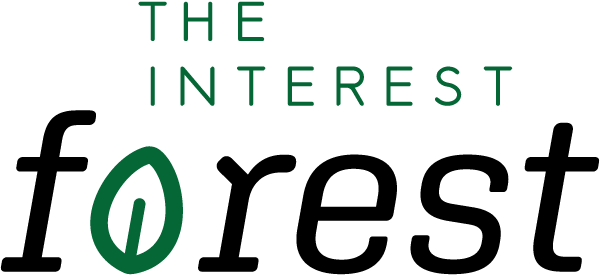
Young children have an instinct to move their bodies and practise fundamental physical skills. Early childhood educators will be familiar with children who gravitate towards objects they can balance on. Balancing is challenging and fun!
Balancing is a gross motor skill that involves maintaining a controlled body position while performing a task. There are two types of balance: static and dynamic.
Children use static balance when they are still, like sitting on a chair or freezing like a statue. They use dynamic balance when they are moving, like running or climbing.
EYLF learning outcomes
Balancing is a fundamental skill that aligns with the Early Years Learning Framework. It helps children become strong in their physical learning and wellbeing (3.2) and gain learning dispositions such as confidence, commitment, enthusiasm and persistence (4.1). Children transfer and adapt balancing skills from one context to another (4.3).
Learning experiences
Balance in different ways
Children can try balancing in these ways:
- walking on balance beams
- standing on one leg
- using wobble boards
- balancing with a partner
- using stepping stones
- walking on tightropes
- walking on stilts
- and trying yoga balance poses.
Integrate balancing into games
Integrate these ways of balancing into your children's favourite games:
- Freeze on one leg during musical statues.
- Organise an obstacle course where children are required to balance.
- Play Twister.
Learning environments
Get creative with new ways to encourage balancing in your learning environments.
- Turn cushions into stepping stones.
- Use balance beams as a pathway between two areas.
- Mark a tightrope on the ground with masking tape, for children to walk along. Sing the 'one grey elephant song', as recorded by Hey Dee Ho.
- Embrace nature play, where children can walk along fallen down trees and use stumps as stepping stones.
